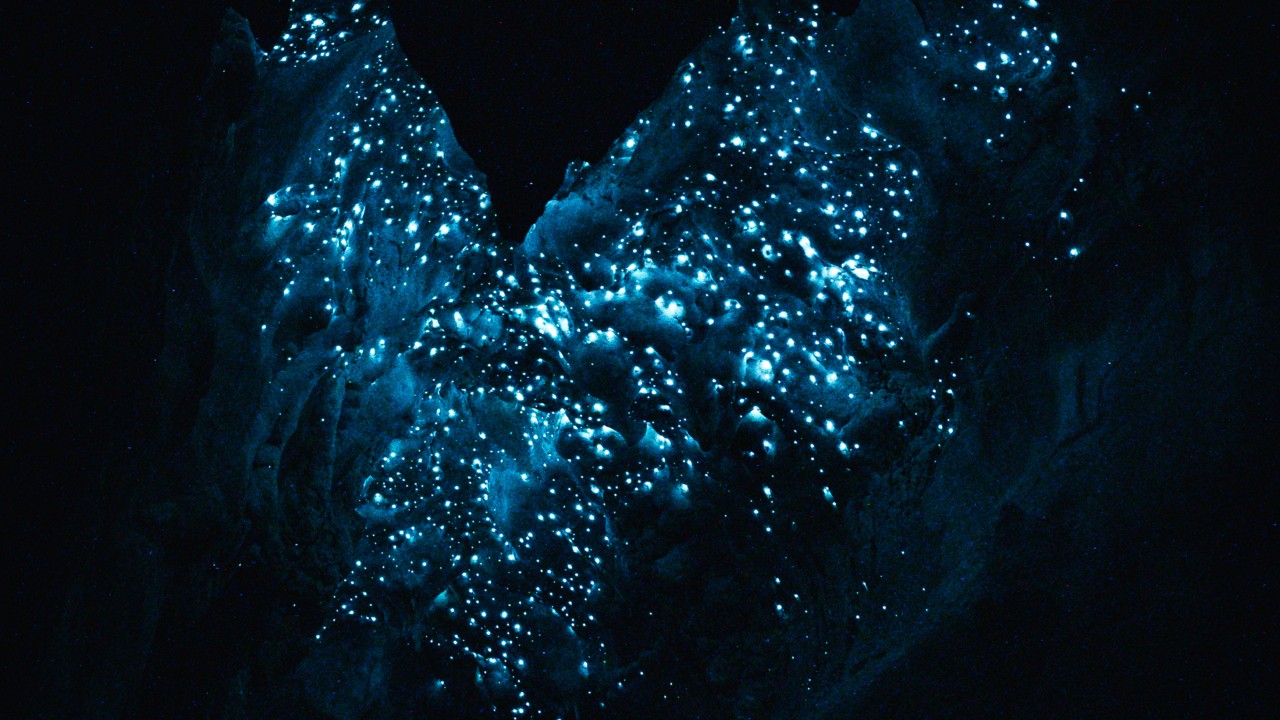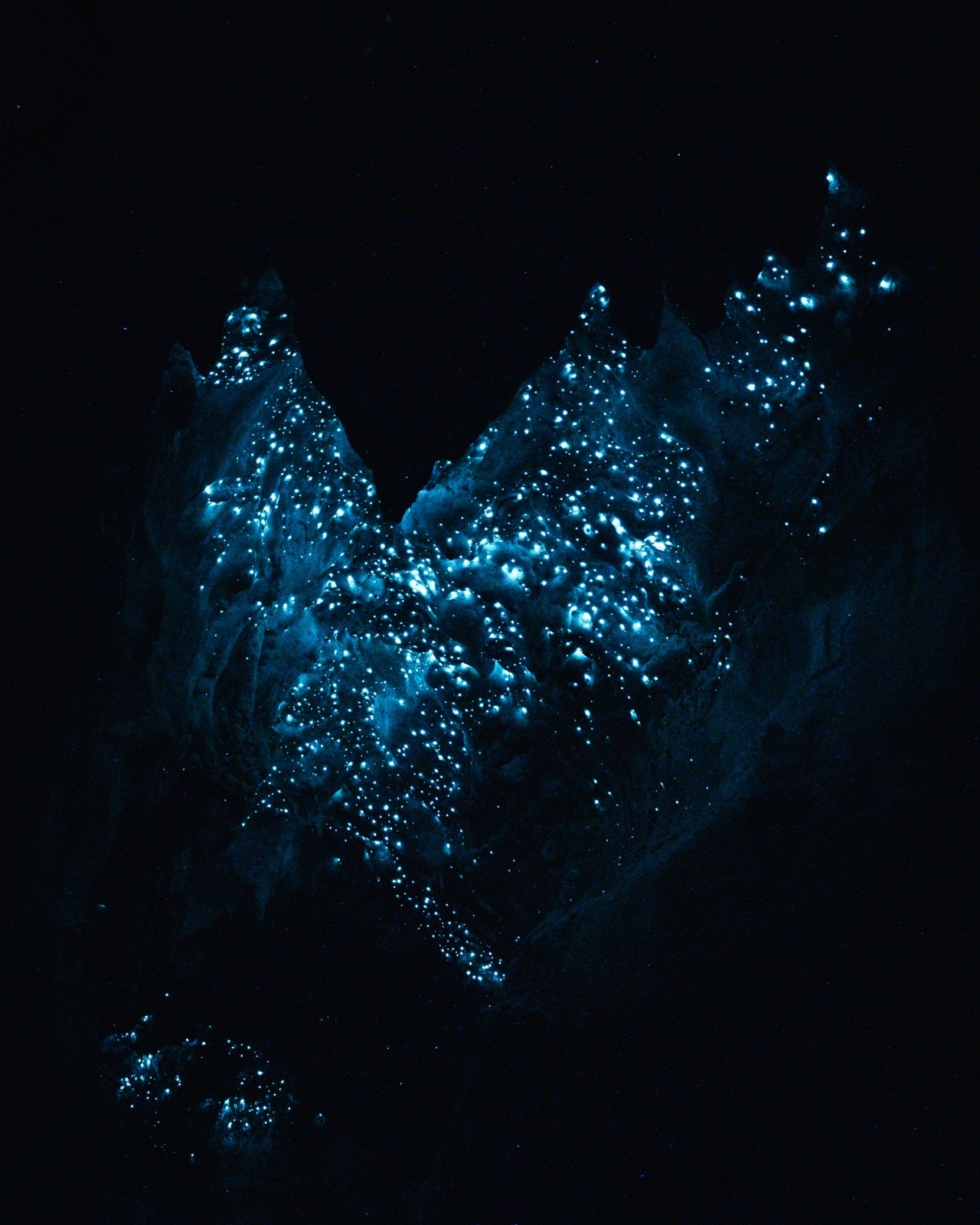

Photograph by Jacob Sanek / Getty Images
words by willow defebaugh
“Once we start to act, hope is everywhere. So instead of looking for hope, look for action. Then, and only then, hope will come.”
—Greta Thunberg
A month ago, I found myself on a remote island in British Columbia. Every night, my fellow travelers and I would walk down to greet the ocean. With so little light pollution, the sea became a canvas of black stretched under an equally dark sky—dark save for the swirls of starlight, the Milky Way painted vividly above. Even more incandescent were the constellations below. When we waded into the water, our movements painted streaks of glowing green-blue hues beneath the surface. All around us, one of nature’s most luminous wonders revealed itself: bioluminescence.
The glow we were witnessing came from high concentrations of microscopic plankton known as dinoflagellates. Inside each of these tiny organisms, a kind of alchemy was occurring between luciferin, a light-producing molecule, and luciferase, an enzyme that catalyzes it. This happens in response to movement or their surroundings being disturbed. Scientists believe it is akin to an alarm being sounded to scare off predators or warn of danger. How marvelous is it that such beauty is produced in the process?
I can’t conjure a more fitting metaphor for these frightening times we are living through than undersea bioluminescence. When we stand still, it can feel like darkness is all there is to see. But the light is still here. Like with our plankton kin who glow in response to motion, it is revealed by being in action. As microscopic as we might feel alone, together we can form new constellations, green-blue glimmers in the dark. Amid the danger, we must not forget to create beauty, too.
Action is the antidote to despair. This was a theme at Atmos’ Blue Renaissance event at the Frick Collection this Monday during Climate Week NYC. Amid the museum’s marble halls and clam-inspired auditorium, we became re-enchanted with the ocean. World-renowned photographer Cristina Mittermeier gave a rousing call to act alongside anecdotes from a life spent revealing the wonders beneath the waves, and musician Garth Stevenson played whalesongs on his bass, as he has for whales in the wild from Antarctica to Mexico.
I was honored to lead a conversation with Project CETI Founder David Gruber, MOTH Project Founder César Rodriguez-Garavito, and Ngātiwai Trust Board Chairman Aperahama Edwards. Each participant offered new and ancient ways of being in kinship with whales, whether by decoding their communication (they’ve already identified a whale alphabet), creating new legal paradigms for protecting them, or the Indigenous-led effort to recognize them as persons.
The ocean does not receive nearly enough attention, despite the fact that it has absorbed 30% of carbon pollution and 90% of the heating humans have caused. But as our co-host, marine biologist Dr. Ayana Elizabeth Johnson, reminded the audience in her opening remarks: “The ocean is not merely a victim of climate change. To the contrary, the ocean holds about one-third of the climate solutions we need. Everything from scaling offshore renewable energy, to decarbonizing shipping, eating sustainable seafood, and conserving and restoring coastal ecosystems.” As much as the ocean needs saving, it could save us, too.
I felt shimmers of that sentiment on my final night in British Columbia, as I waded into the midnight waters one last time. I watched my every step in the shallows paint streaks of mysterious light, soft blue whirls in inky black. I held hands with those around me, joined in a circle as we sang songs for the sea shining between us. And I had the distinct sense that we might have been glowing too—as we do when we swim toward reconnection together.
Constellations Below: Lessons From Undersea Bioluminescence